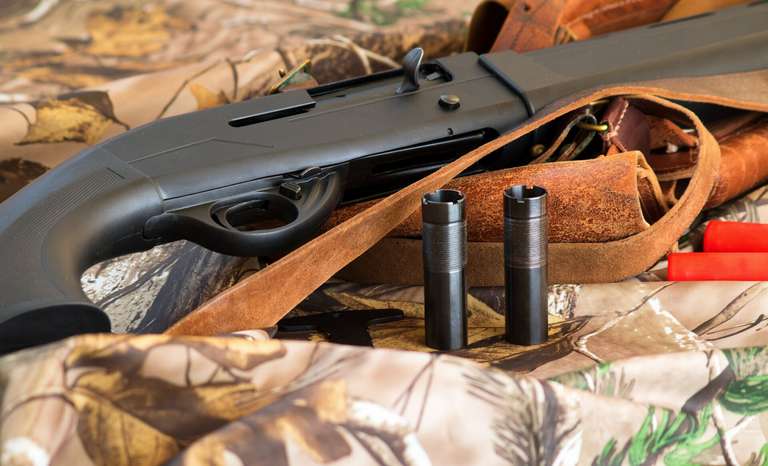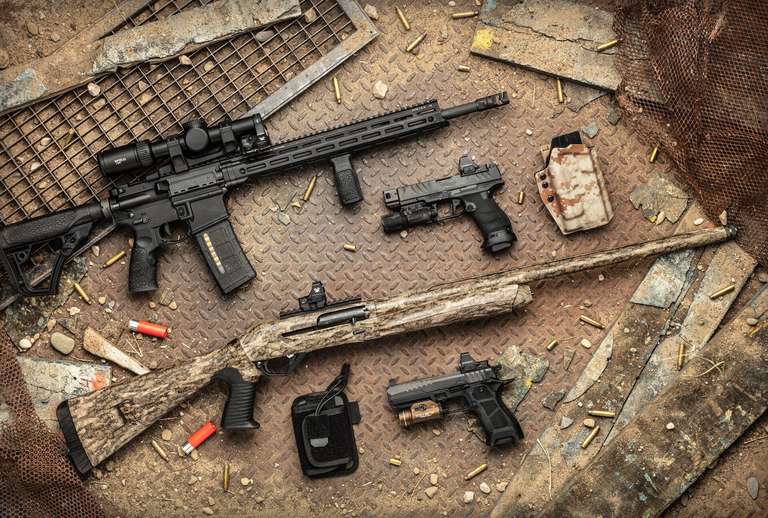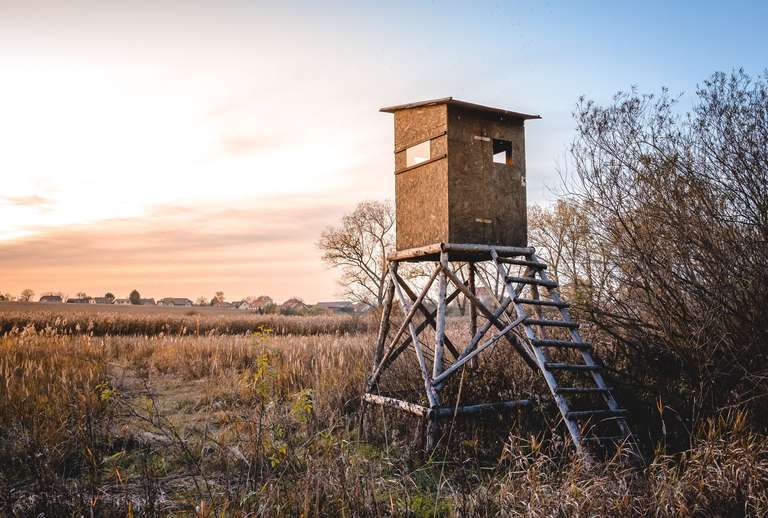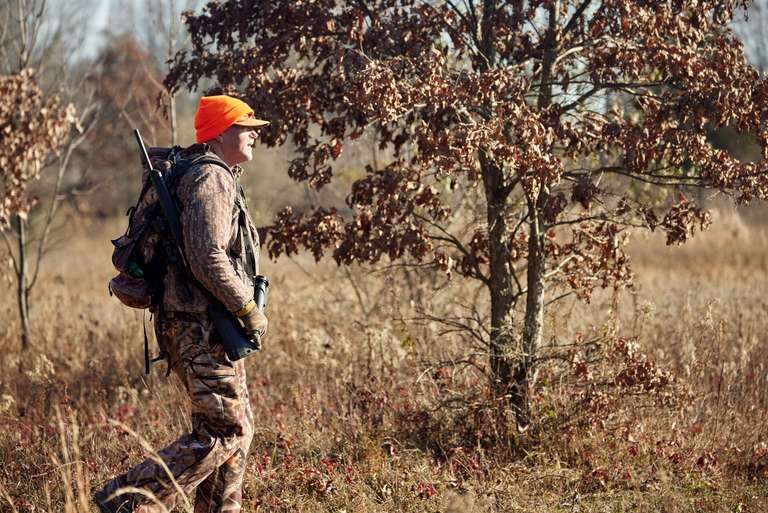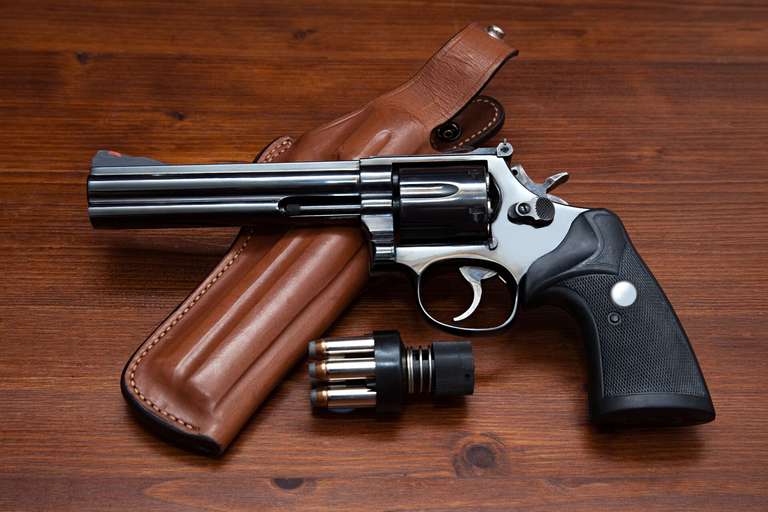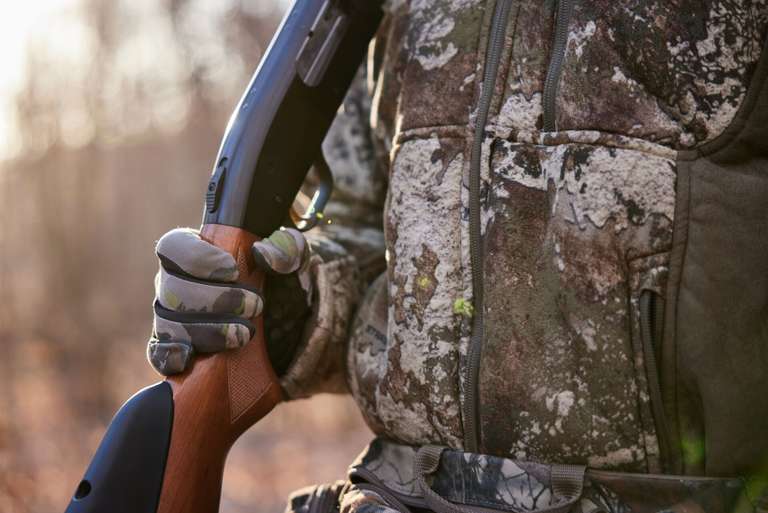Hitting Your Target: What is the Sight Picture?
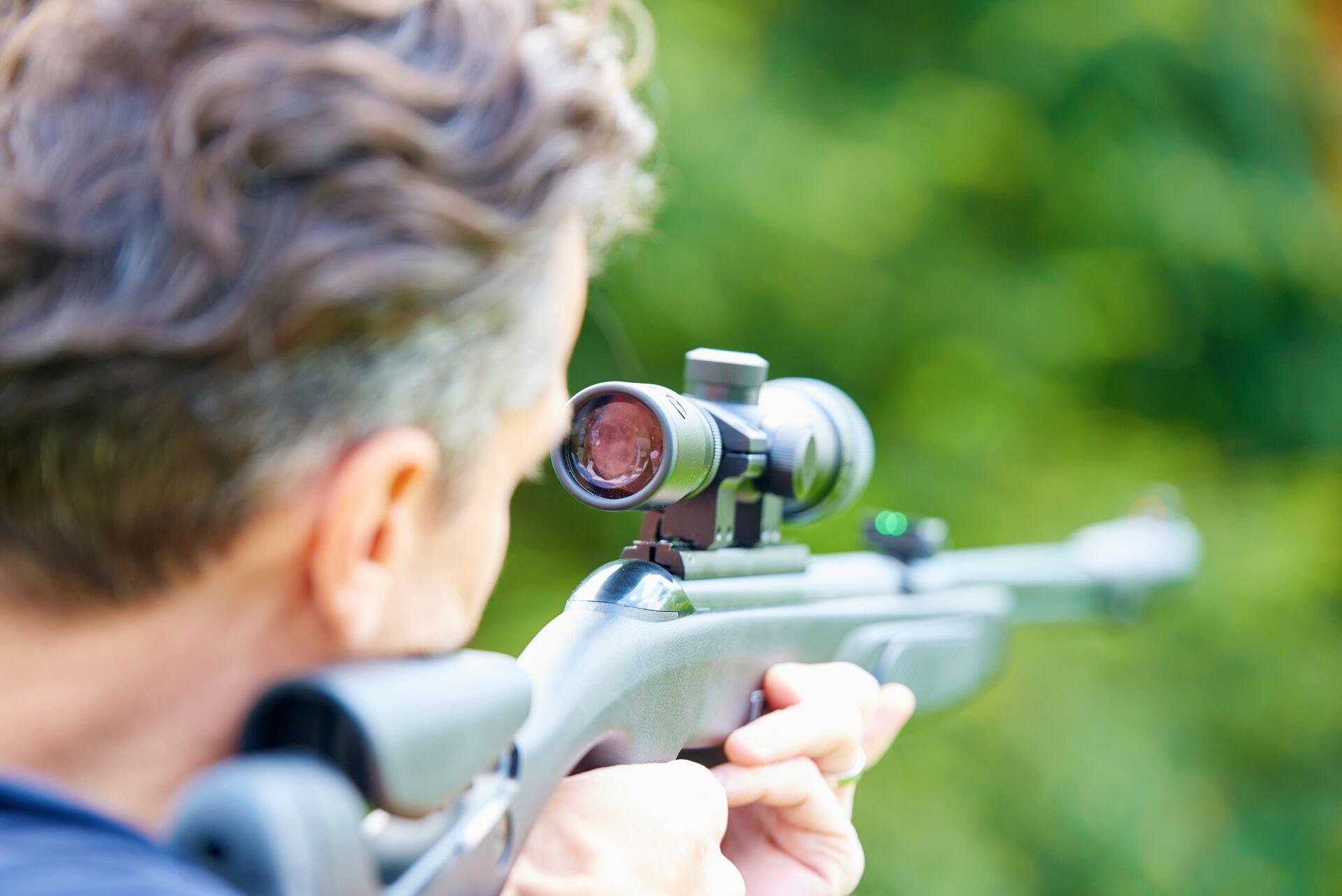
Accuracy is everything in hunting.
The difference between a clean, ethical kill and a wounded animal often comes down to the sight picture. Part of shooting accurately is understanding different aspects of the shooting process and connecting your shooting action to your firearm.
One important concept for hunters to understand is the sight picture. In this blog, we'll look at what a sight picture is and how understanding it can drastically improve your accuracy.
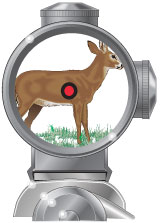
What Is the Sight Picture?
A sight picture refers to visually aligning a firearm's sights with the target, It involves visual cues that compose the points of reference for accurate shooting.
The components of a sight picture include the following.
Front Sight
The front sight is crucial as it's your primary focus point. In the sight picture, the front sight should appear sharp and clear.
Types of front sights include:
- Post Sights: Simple and effective, standard on many rifles and handguns.
- Bead Sights: Often found on shotguns, these provide a quick reference point.
When learning to shoot, we often use the ethos "Front Sight, Front Sight, Front Sight." Focus on the front, and the rest will fall into place.
The Rear Sight
The rear sight is typically a notch or aperture behind the front sight.
Types of rear sights include:
- Notch (rifle) Sights: Simple and widely used, these are easy to align with a post-front sight. The front and rear sights should appear flat and level when showing up against the target.
- Peep Sights: Offer a small aperture that increases accuracy by narrowing focus. When aligned correctly, this often looks like the "power" symbol on most appliances.
Proper alignment means the front sight is centered within the rear sight, and the top of the front sight is level with the top of the rear sight.
Your Target
A third component of the sight picture is your target – or the wild game you're aiming for.
The target should appear blurred in the sight picture, as your eyes should be focused on the front sight. The sights will often appear to float over the blurred target.
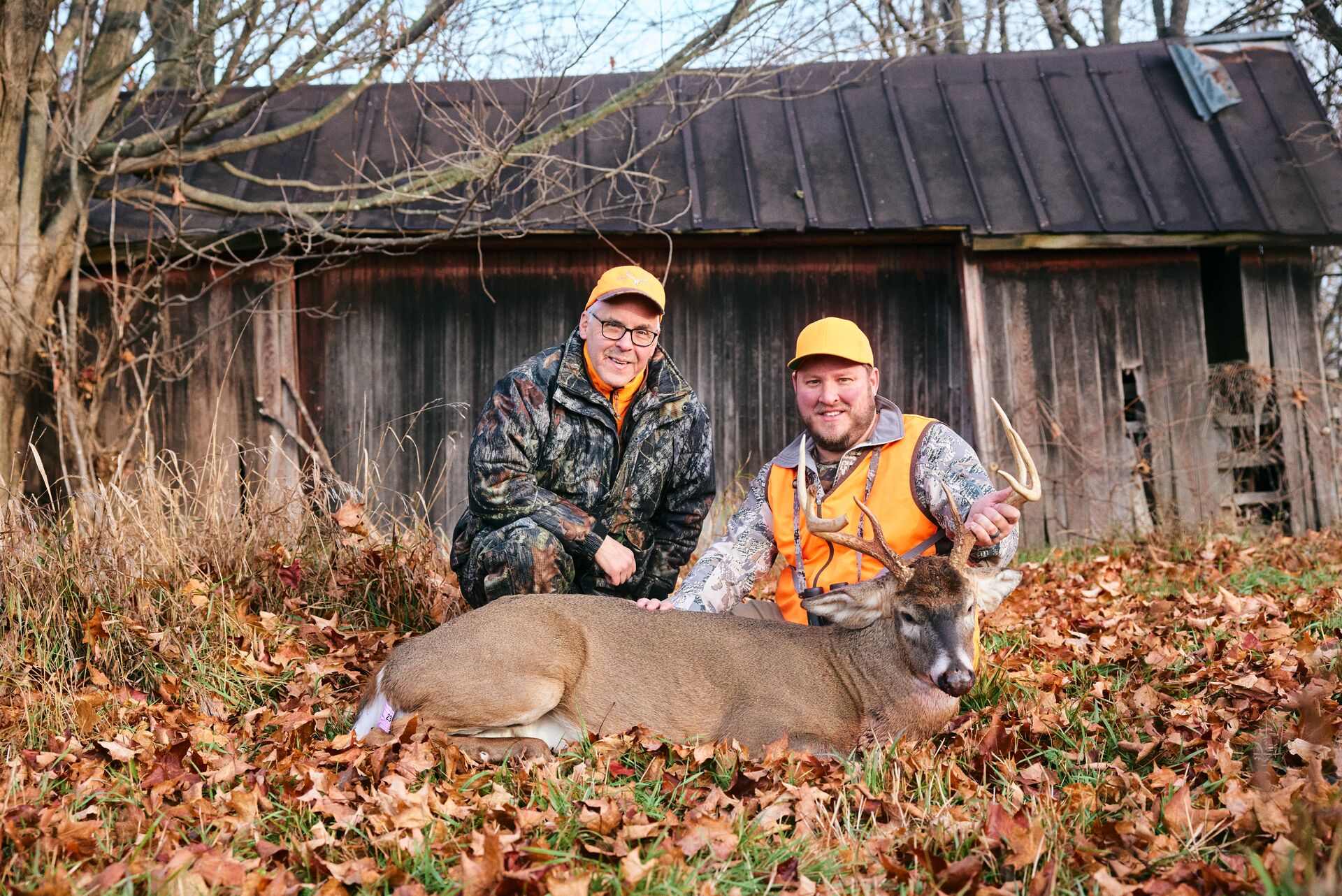
3 Reasons for a Proper Sight Picture
Why does the sight picture matter? As we mentioned, understanding aiming and sight picture helps you become a more accurate shooter (and a successful hunter when the season opens).
The sight picture is important for several reasons, including:
- Accuracy: Correct sight pictures are essential for accurate shooting. The slightest misalignment can mean the difference between a hit and a miss.
- Consistency: Consistency in your sight picture leads to reliable and repeatable shots. Repeatability is vital for building muscle memory.
- Safety: A correct sight picture helps to make sure your shots are safe.
Essentially, you know where your shot will go when your sights are lined up.
Achieving Accuracy, Consistency, and Safety
Hunters should regularly practice their sight picture under hunting conditions.
This practice can include:
- Range Time: Spend time at the shooting range shooting with a good sight picture.
- Dry Firing: Dry firing helps reinforce muscle memory and sight alignment without the distraction of recoil. You can dry fire at home without worrying about injuring anyone or anything – just be sure your firearm is cleared of any ammunition before pulling the trigger.
- Hunting Situations: Practice sight alignment and shooting positions you might encounter during a hunt, such as kneeling, prone, or shooting from a tree stand.
Practice leads to more accurate hunting (and more game to bring home for your freezer).
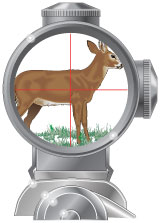
4 Steps to Achieving a Correct Sight Picture
How can you make seeing a correct sight picture almost second nature? Here are four steps we recommend!
1. Pay Attention to Your Stance and Grip
Your stance and grip contribute to your sight picture. A stable stance and firm grip help maintain sight alignment.
Pay close attention to your foot position when taking your stance. Stand with your feet shoulder-width apart to provide a stable base. Distribute your weight evenly on both feet, leaning slightly forward to engage your core muscles.
Align your body with the target. For hunting situations, your off-shoulder should be slightly forward, like a batter's stance, and your head should remain upright to maintain a consistent sight picture.
Next, your grip should be firm but relaxed. Ensure that your dominant hand holds the firearm grip with your fingers wrapping around the grip and your thumb resting along the side. Your support hand should be supporting the gun's forend.
2. Focus On Your Eye Focus
Focus on the front sight while keeping the rear sight and target in your peripheral vision.
Concentrate on making the front sight sharp. The rear sight and target should appear slightly blurred. Then, use your peripheral vision to align the rear sight and target with the front sight.
You'll also want to determine your eye dominance. Use your dominant eye to aim. However, you'll want to keep both eyes open when firing. Keeping both eyes open can improve depth perception and situational awareness.
3. Control Your Breathing
Controlled breathing stabilizes the sight picture. Take deep breaths and exhale slowly before squeezing the trigger. Shoot during the pause between that exhale and the next inhale.
Practice breathing techniques to control your breaths. Take several deep breaths to calm your nerves. As you prepare to shoot, exhale slowly and steadily. Finally, momentarily hold your breath at the end of the exhalation phase, just before squeezing the trigger.
4. Pay Attention to Trigger Control
Slow is smooth, and smooth is fast – you don't pull or squeeze a trigger; you should press it.
Apply steady and consistent pressure on the trigger. Place the pad of your index finger on the trigger. After the shot, maintain your sight picture and continue pressing the trigger – like a follow-through when you shoot a basketball.
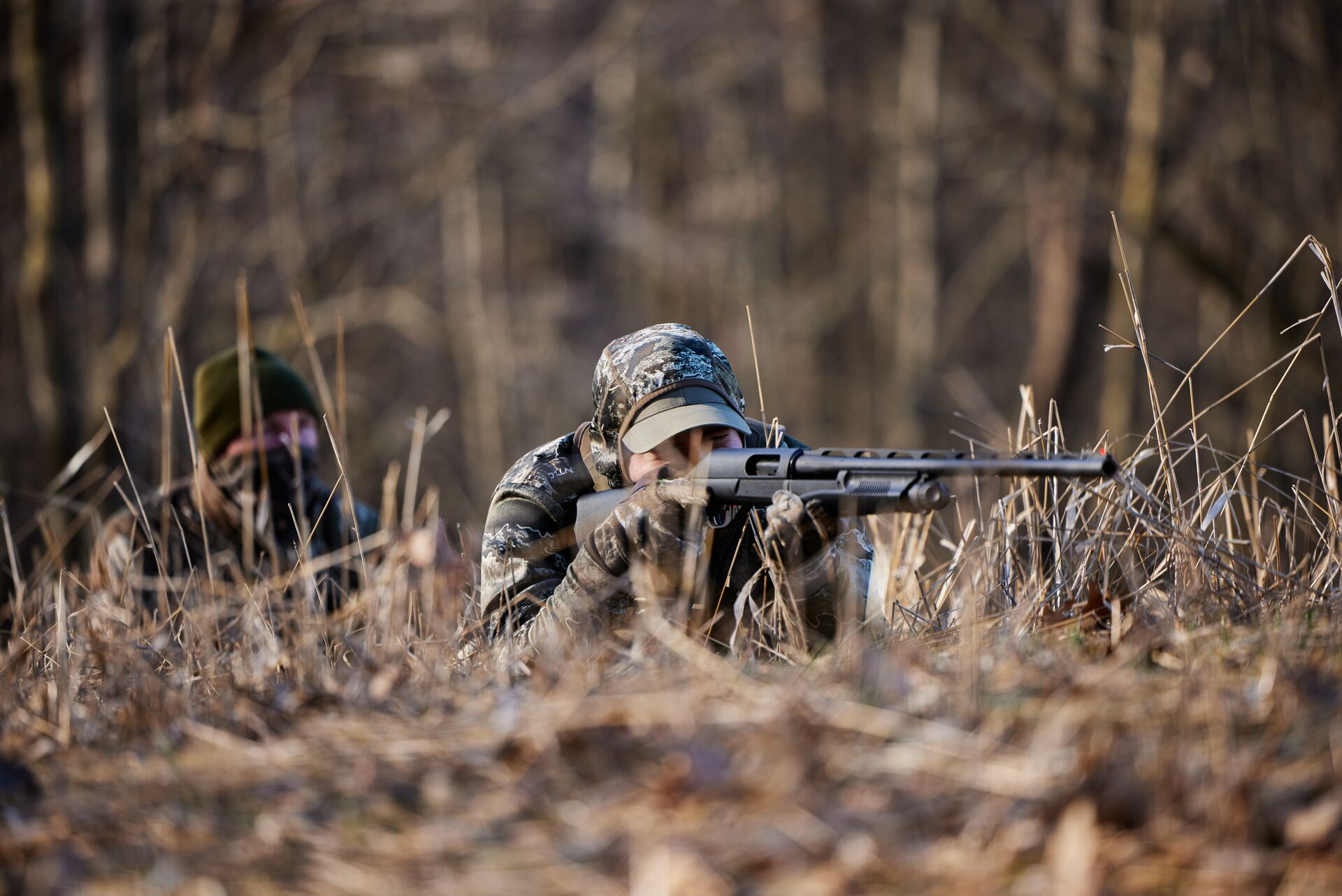
Avoid Mistakes for Better Accuracy
Avoiding mistakes when lining up your sight picture and squeezing the trigger can help you complete an accurate shot.
This might be obvious, but it's important to avoid misalignment. Misalignment impacts accuracy. When the front sight is not centered and level with the rear sight, you will miss.
You'll also want to avoid over-focusing on the target rather than the sights.
Remember: Focus on the front sight; everything else is more likely to fall into alignment.
Lastly, don't get too excited and rush your shots. Rushing shots often leads to poor sight pictures and misses. Take your time. Line up the sight picture, breathe, and press the trigger.
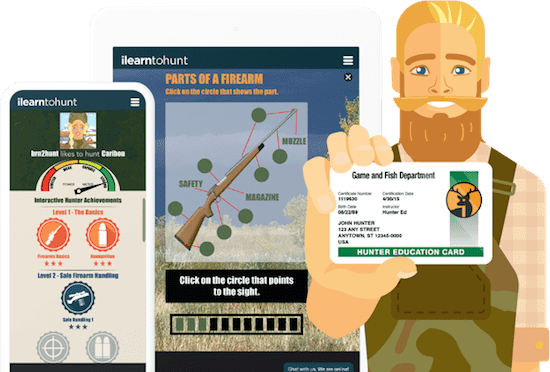
Learn More About Good Hunting Skills with Hunter Education
Mastering the sight picture is crucial for any hunter striving for accuracy and safety. We hope you find the information we shared today helpful. Take the time to understand and practice these techniques to shoot accurately every time!
While sight picture is a crucial aspect of safe and accurate hunting, it's only one part of being a successful hunter. To learn more about firearm safety, hunting and shooting skills, and how to be a better hunter, consider enrolling in a hunter safety course through ilearntohunt. Our online courses and gamified experience make the learning process engaging, fun, and easier to retain information.
Find the course for your state and start learning!

